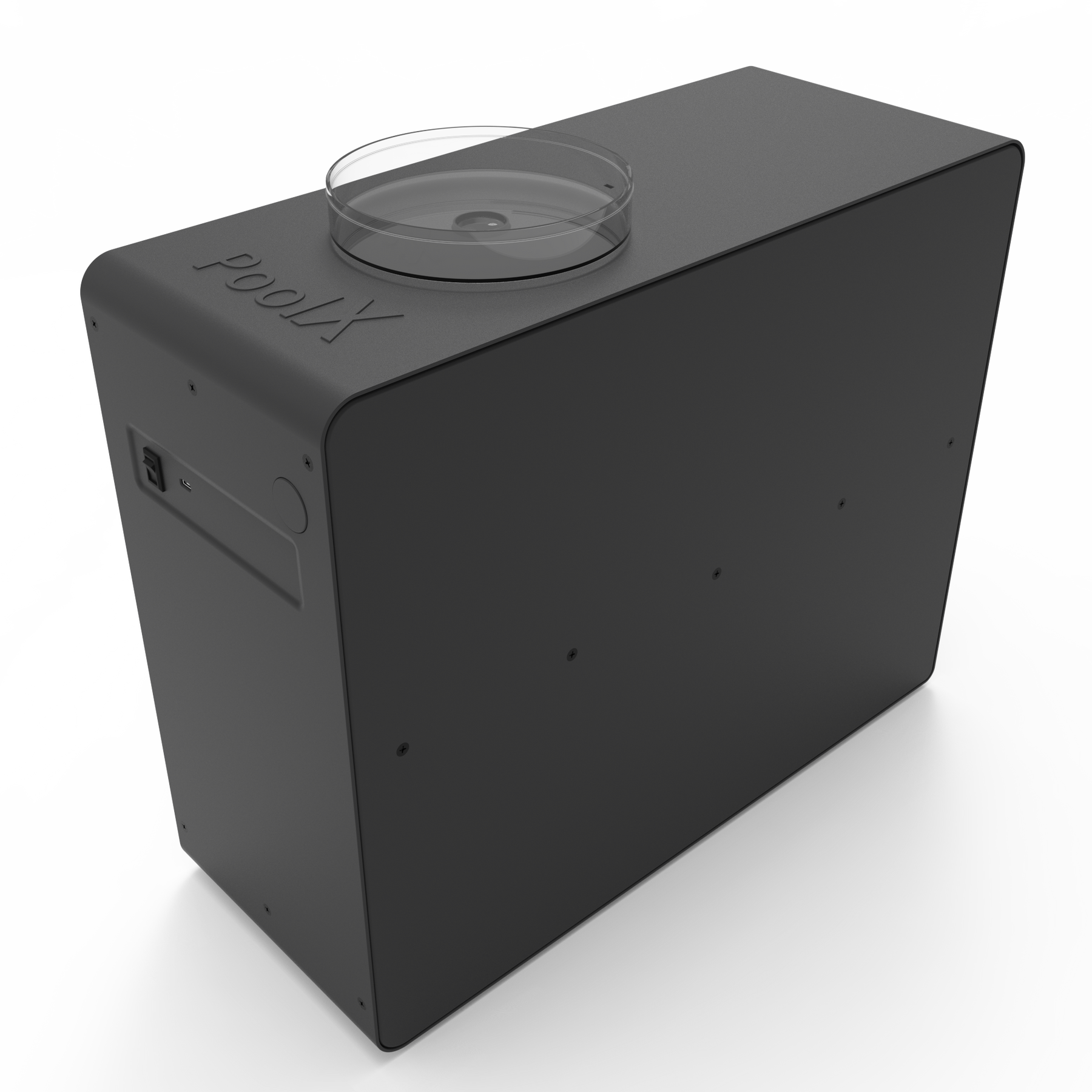
How to Lower Alkalinity in Pool: Essential Tips for Pool Owners?
Share
Maintaining a swimming pool involves understanding several different aspects of water chemistry, one of which is alkalinity. If you've found yourself searching for how to lower alkalinity in pool, you've come to the right place. Having the right balance of chemicals is not just essential for the appearance of your pool water, but also for ensuring the comfort of swimmers and the longevity of your pool surfaces and equipment.
In this comprehensive guide, we'll dive deep into the essentials of managing pool alkalinity. From understanding what alkalinity is, identifying the right levels, and discussing the necessary products, we'll equip you with the knowledge you need to keep your pool in optimal condition.

What is Alkalinity in Pool Water?
Alkalinity refers to the capacity of the water to resist changes in pH, acting as a buffer to protect against fluctuations caused by various factors like rainwater or debris. Essentially, it safeguards the pH levels in your pool. Low levels can lead to corrosive conditions, while high levels can result in cloudy water and ineffective sanitation.

Understanding the Ideal Alkalinity Range
The ideal range for total alkalinity in pool water is typically between 80 to 120 parts per million (ppm). Ensuring your alkalinity is within this range helps to safeguard against erratic pH levels and promotes clear, healthy water. If your alkalinity rises above this threshold, youll most likely face issues like scaling and cloudy water.

Measuring Alkalinity: The First Step to Management
Before you can tackle the problem of high alkalinity, you'll need to measure it. Use a reliable test kit or strips specifically designed for pool water to get an accurate reading. Follow the instructions based on the product to obtain a clear measure of your total alkalinity.
Tools Youll Need
- pH test kit or strips
- Water sample container
- Stirring stick
- Logbook for recording results
Make sure to test your pool water regularly, especially during heavy rains or after significant swim activity to maintain optimal water conditions.

How to Lower Alkalinity in Your Pool
If you discover that your alkalinity levels are too high, dont panic! There are several methods you can employ to remedy this situation. Here are some methods that can help you:
1. Add Muriatic Acid
Muriatic acid is a powerful acid that can help lower alkalinity levels effectively. To use this method:
- Turn on your pool pump to circulate water.
- Add the appropriate amount of muriatic acid to the pool, based on the alkalinity level and your pool size.
- Keep the pump running for at least 30 minutes to ensure even distribution in the water.
- Re-check the alkalinity after several hours or the next day.
Always wear protective gear when handling acids.
2. Use Sodium Bisulfate
Sodium bisulfate is a dry acid that can effectively lower alkalinity levels without disrupting pH significantly. Follow these steps:
- Determine the required dosage based on your pools volume and current alkalinity.
- Sprinkle the sodium bisulfate evenly around the pools perimeter.
- Turn on the pump to help dissolve and distribute the chemical.
- Wait several hours and test again.
3. Drain and Refill with Fresh Water
If alkalinity levels are extremely high, draining and refilling your pool might be the best option. However, consult local regulations and be cautious, as this might affect other chemical balances. Heres how:
- Drain a portion of water without affecting your pool structure.
- Refill with fresh water that has lower alkalinity levels.
- Test the alkalinity after refilling and adjust as necessary.
How to Maintain Optimal Alkalinity Levels
After successfully lowering alkalinity levels, its essential to maintain them. Here are some strategies to ensure your pool stays balanced:
- Regularly test your water chemistry, preferably weekly.
- Keep an eye on weather changes that might affect your pool.
- Ensure swimmers shower before entering the pool to minimize contaminants.
- Consider using a pool cover to protect against debris and rainwater.
Common Mistakes to Avoid
Managing pool alkalinity can be tricky. Avoid the following mistakes that may compromise your water quality:
- Not conducting regular tests.
- Overusing chemicals to lower alkalinity.
- Ignoring signs of cloudy water or scaling.
Linking to Relevant Resources
You can read more about lowering pH levels in your pool or even raising them when necessary. If you're curious about the volume of water your pool holds, check out how many gallons is in your pool.
FAQs About Pool Alkalinity
Q1: What happens if my pools alkalinity is too high?
A: High alkalinity can result in cloudy water, scaling on pool surfaces, and difficulty in controlling pH levels.
Q2: Can high alkalinity affect swimmer comfort?
A: Yes, high alkalinity can lead to skin irritation and discomfort for swimmers.
Q3: How often should I test my pools alkalinity?
A: It is recommended to test at least once a week, or more frequently during heavy use or after weather changes.
For more in-depth knowledge about maintaining pool water, I recommend reading this guide on cleaning your pool.
As an Amazon Associate, I earn from qualifying purchases.
